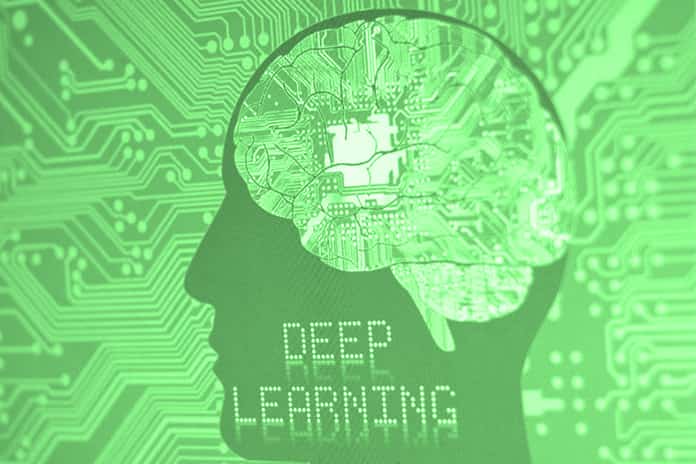Deep Learning is one of the main technologies for Machine Learning and artificial intelligence. Find out what this technology consists of, how it works, and its different application sectors.
Deep Learning Simple Definition And Its Origin
The concept of Machine Learning dates from the middle of the 20th century. In the 1950s, the British mathematician Alan Turing imagined a machine capable of learning, a “Learning Machine”. Over the following decades, different machine learning techniques were developed to create algorithms capable of learning and improving independently.
Deep Learning vs Machine Learning? Not Really
Among these techniques are artificial neural networks. It is on these algorithms that Deep Learning is based, but also technologies such as image recognition or robotic vision. Artificial neural networks are inspired by neurons in the human brain. They are made up of several artificial neurons connected together. The higher the number of neurons, the “deeper” the network.
Deep Learning: How It Works?
Within the human brain, each neuron receives approximately 100,000 electrical signals from other neurons. Each active neuron can produce an exciting or inhibitory effect on those to which it is connected. In an artificial network, the principle is similar. Signals travel between neurons. However, instead of an electrical signal, the neural network assigns a certain weight to different neurons. A neuron that receives more charge will have more effect on adjacent neurons. The final layer of neurons emits a response to these signals.
To understand how Deep Learning works, let’s take a concrete example of image recognition. Imagine that the neural network is used to recognize photos that include at least one cat. To be able to identify the cats in the photos, the algorithm must be able to distinguish the different types of cats and to recognize a cat in a precise way whatever the angle from which it is photographed.
Deep Learning Examples
Deep Learning has many uses. It is this technology that is used for facial recognition of Facebook for example, in order to automatically identify your friends in photos. It is also this technology that allows Face ID recognition of the Apple iPhone X to improve over time. As previously explained, machine learning is also the central technology for image recognition.
To translate oral conversations in real-time, software like Skype or Google Translate also rely on machine learning. It is also thanks to this technology that artificial intelligence Google Deepmind AlphaGo has managed to triumph over the world champion. In recent years, with the appearance of convolutional neural networks, Deep Learning has been at the heart of computer vision and robotic vision.
As Professor Peter Corke explains, since artificial neural networks mimic the functioning of the human brain, the possibilities offered by this technology will increase as we uncover the secrets of our own organ. By understanding the algorithm on which the human brain is based, and the means that evolution has given us over time to understand images, reverse engineering will allow us to bring the potential of the human brain to artificial networks.

